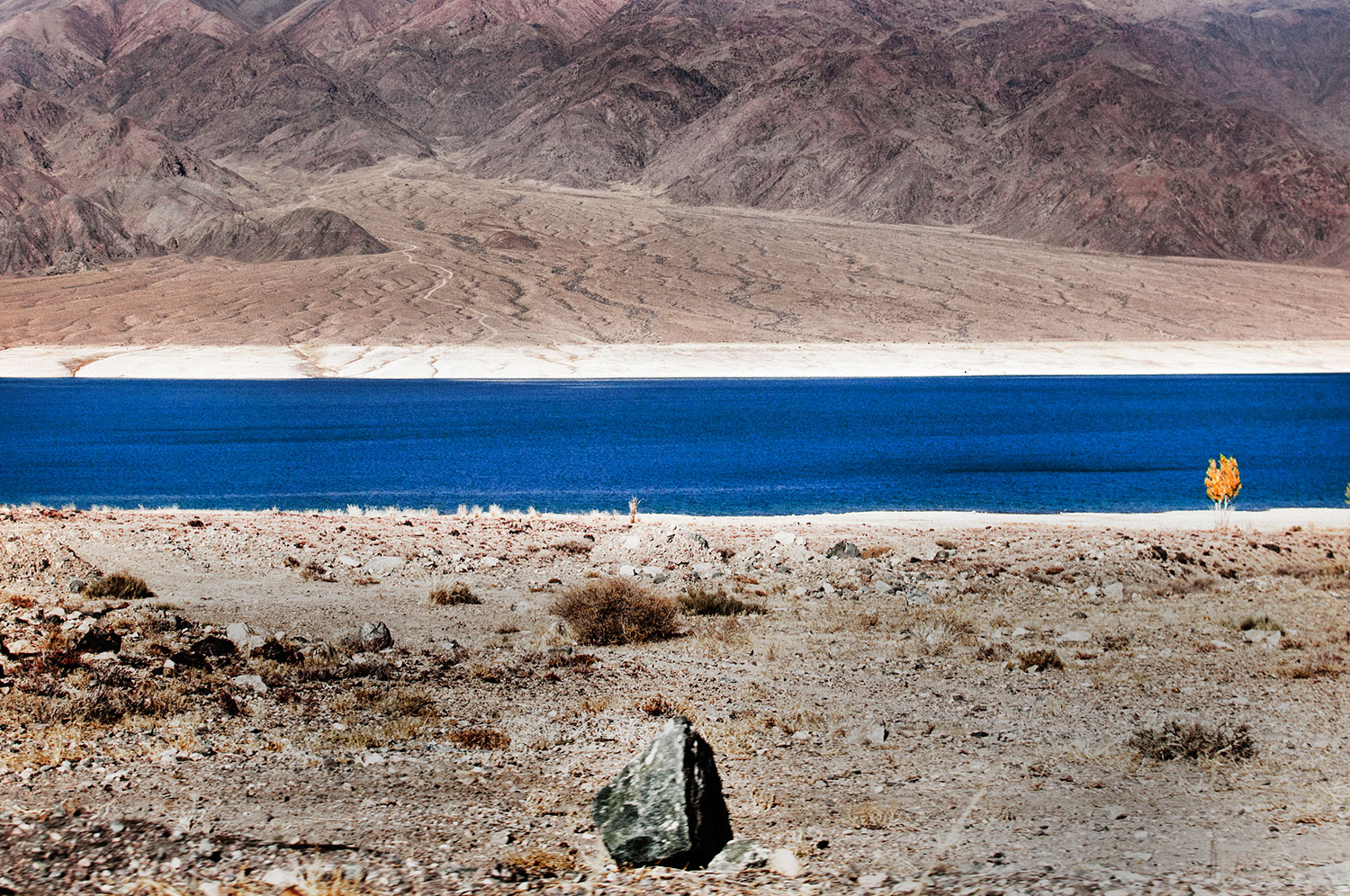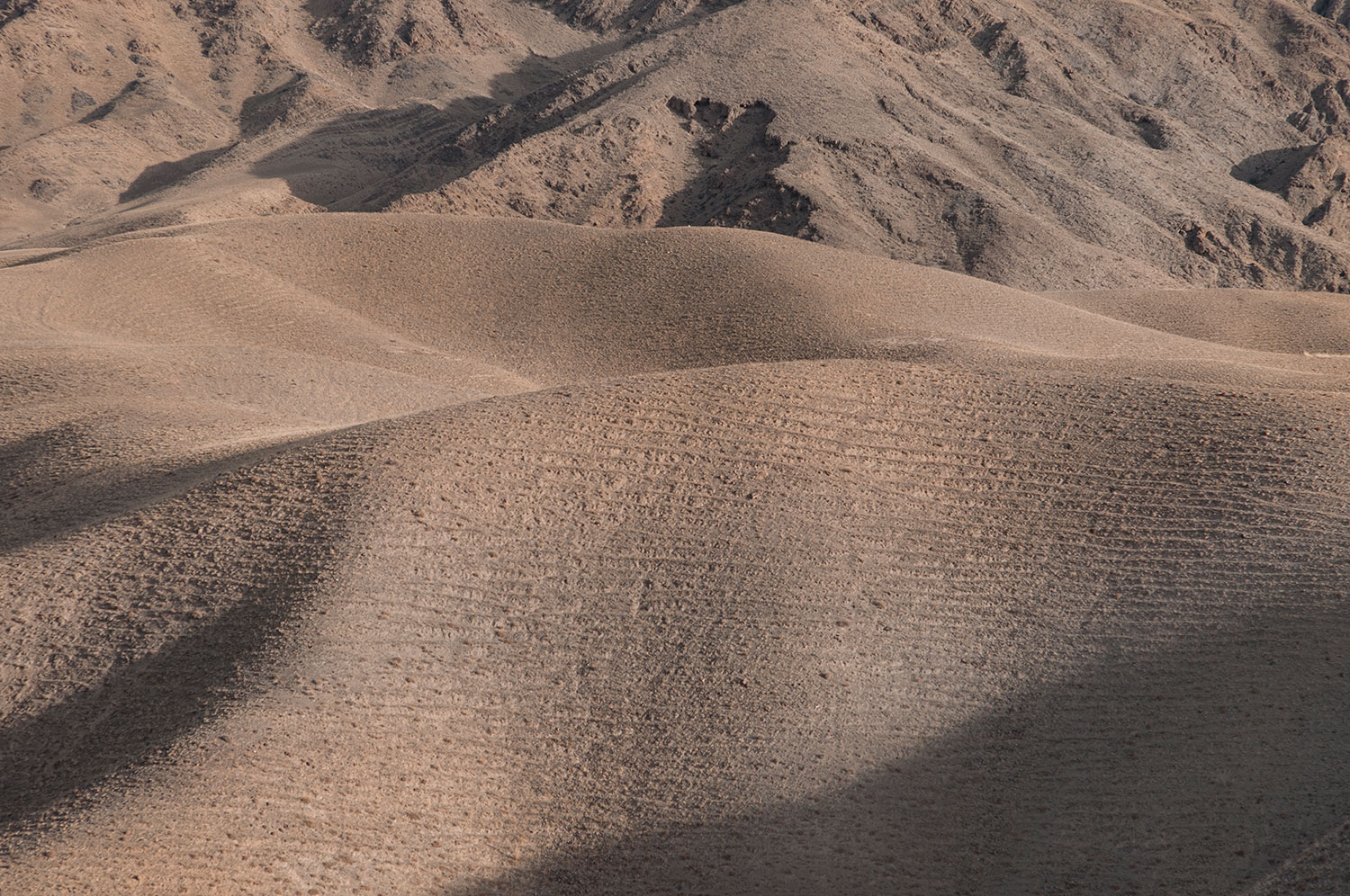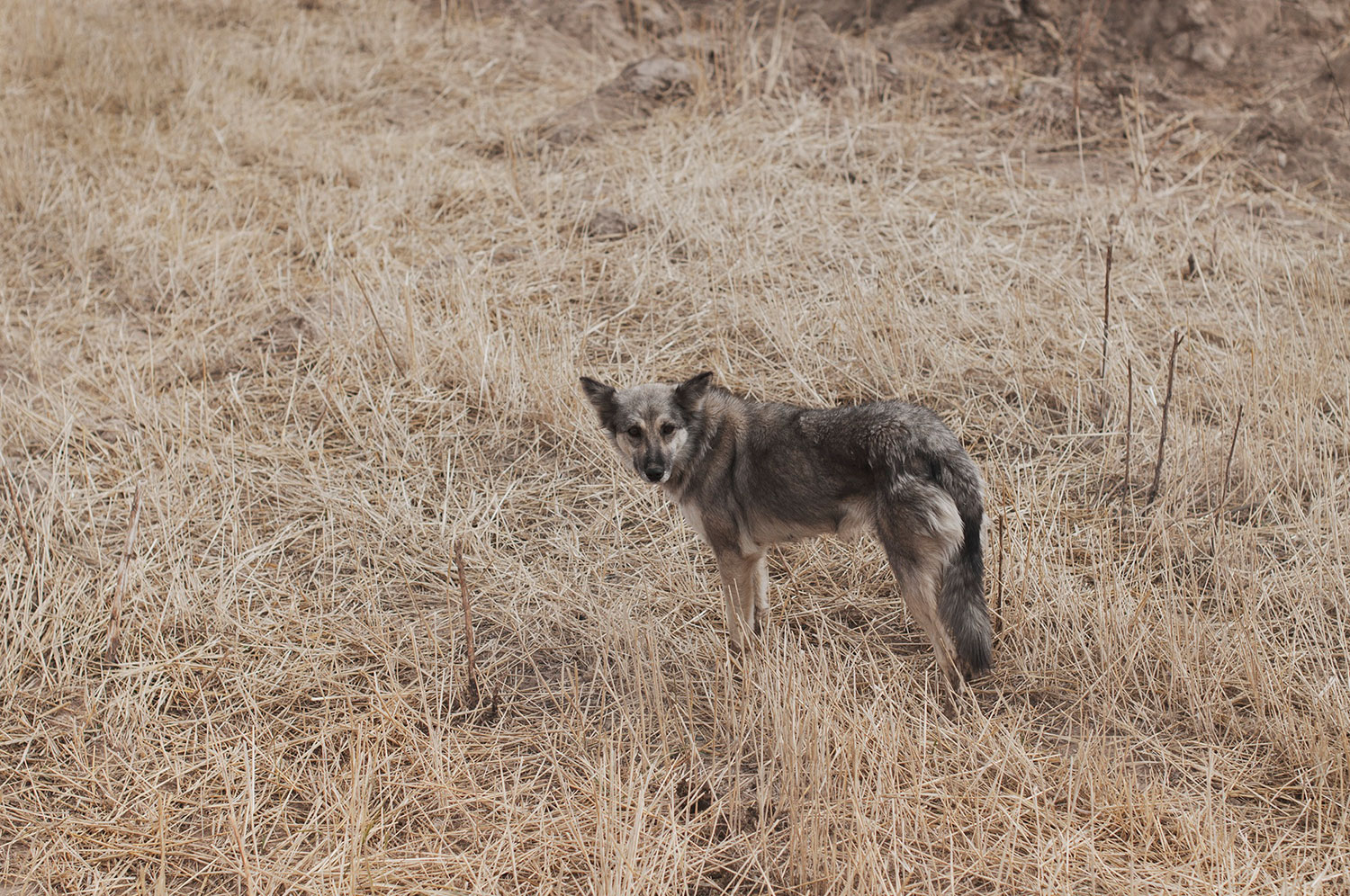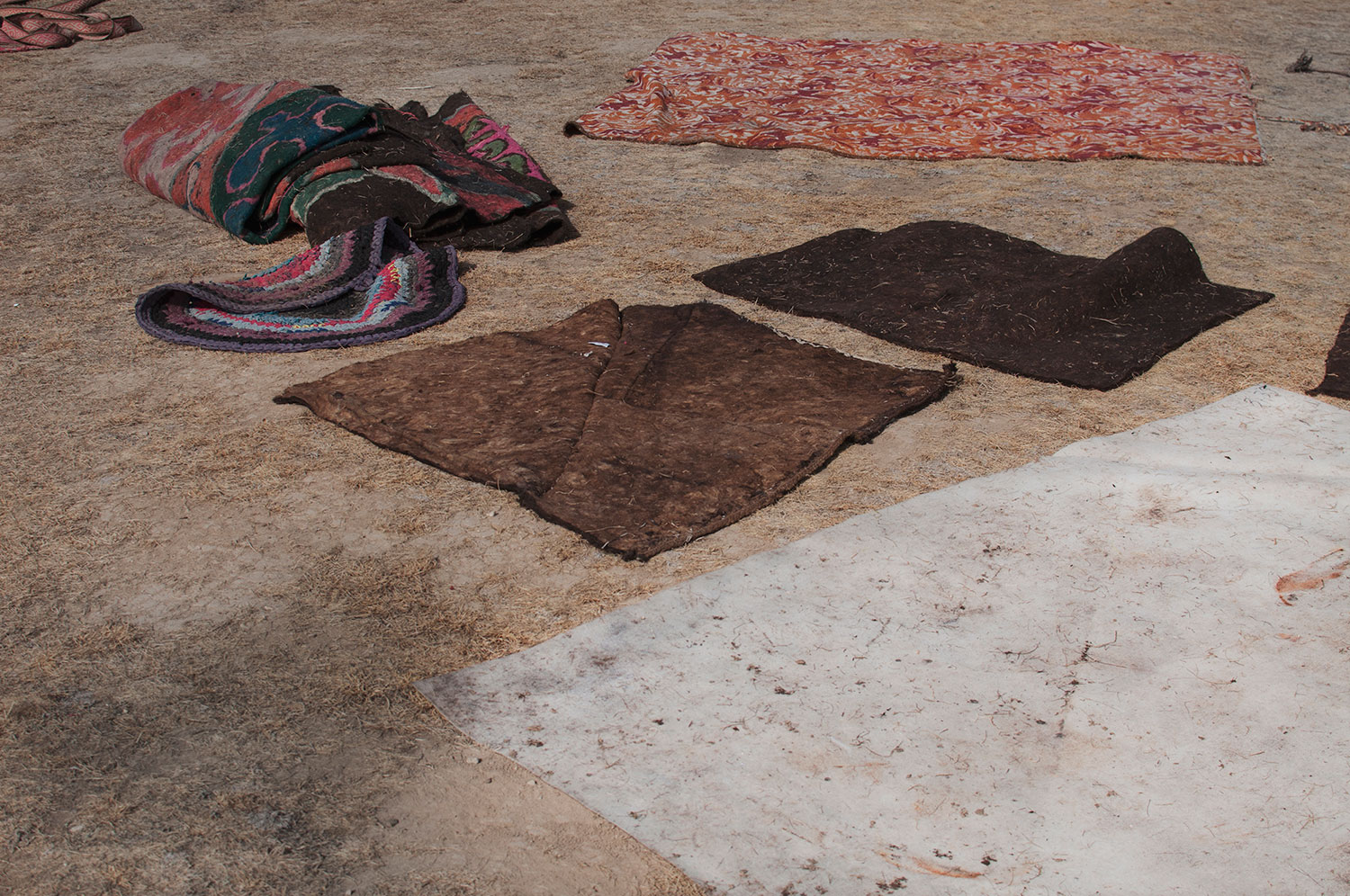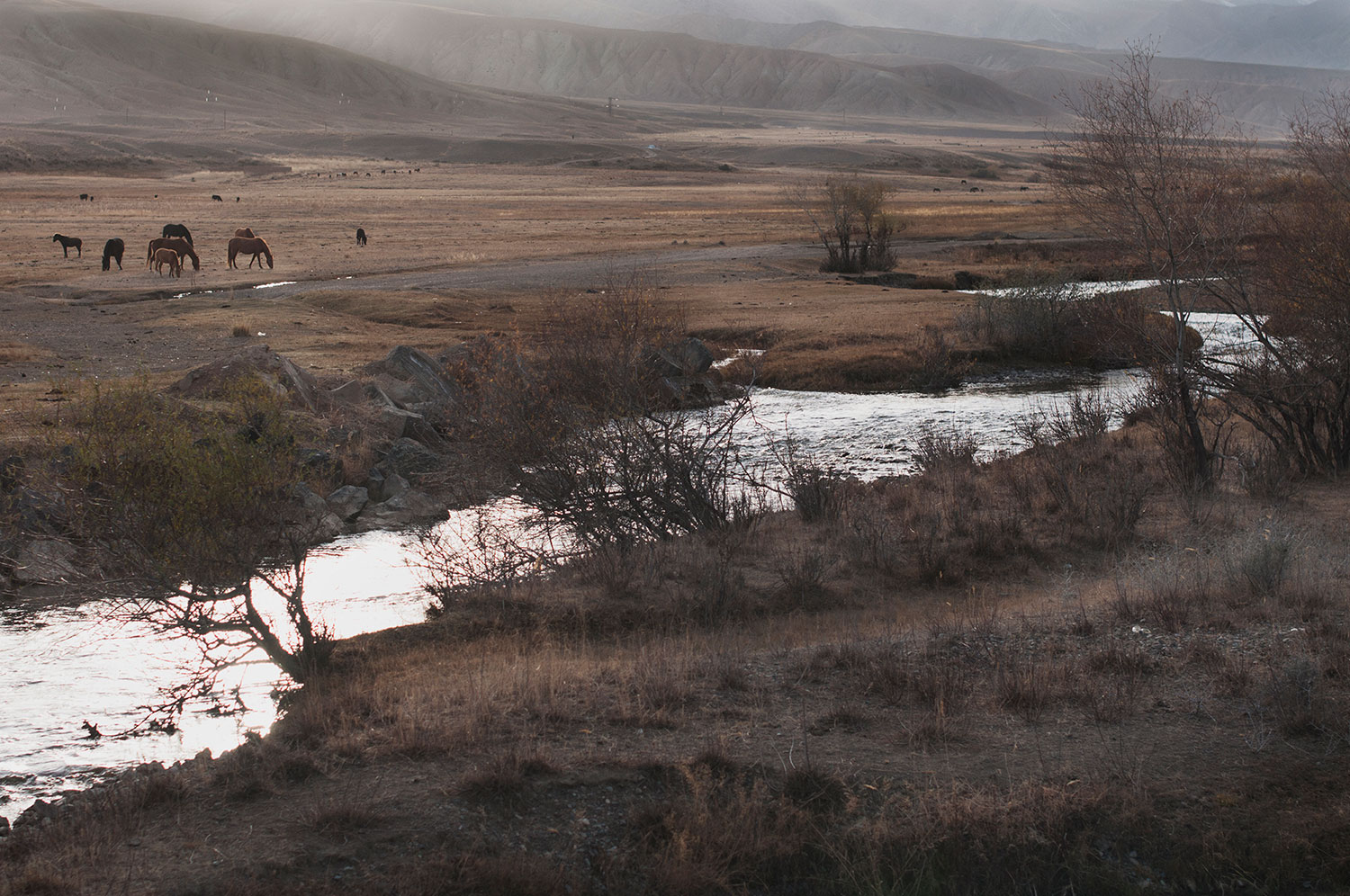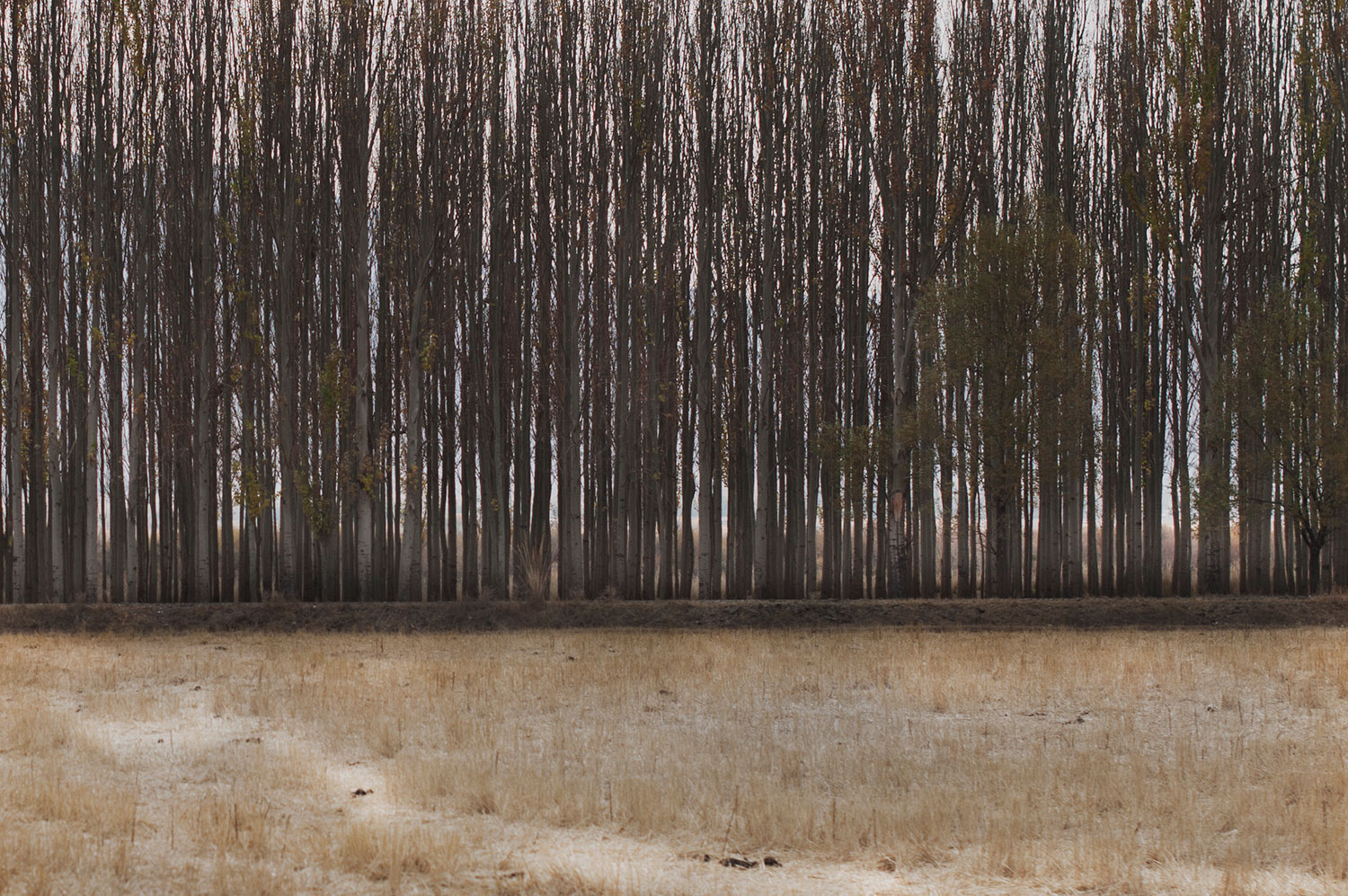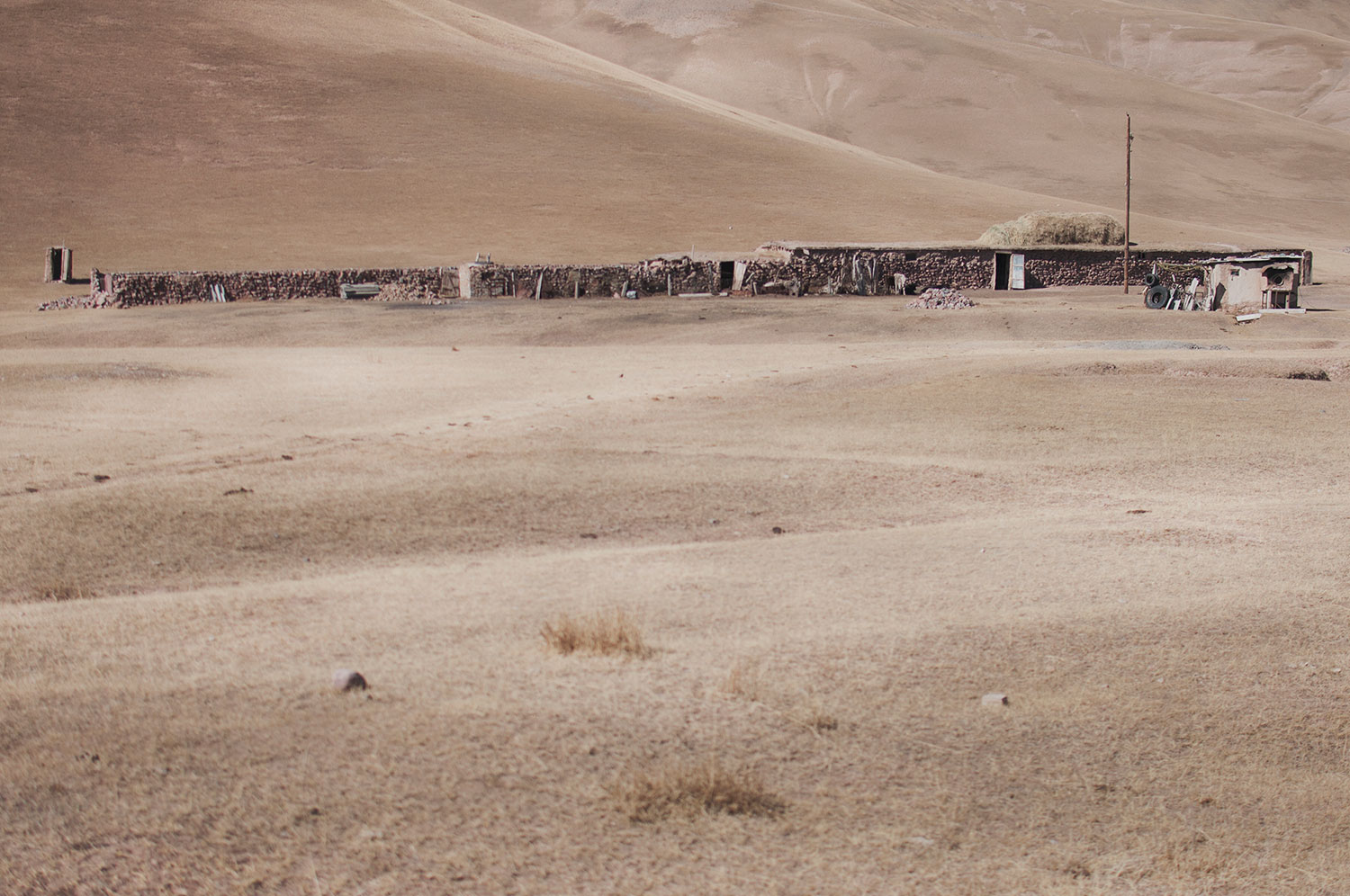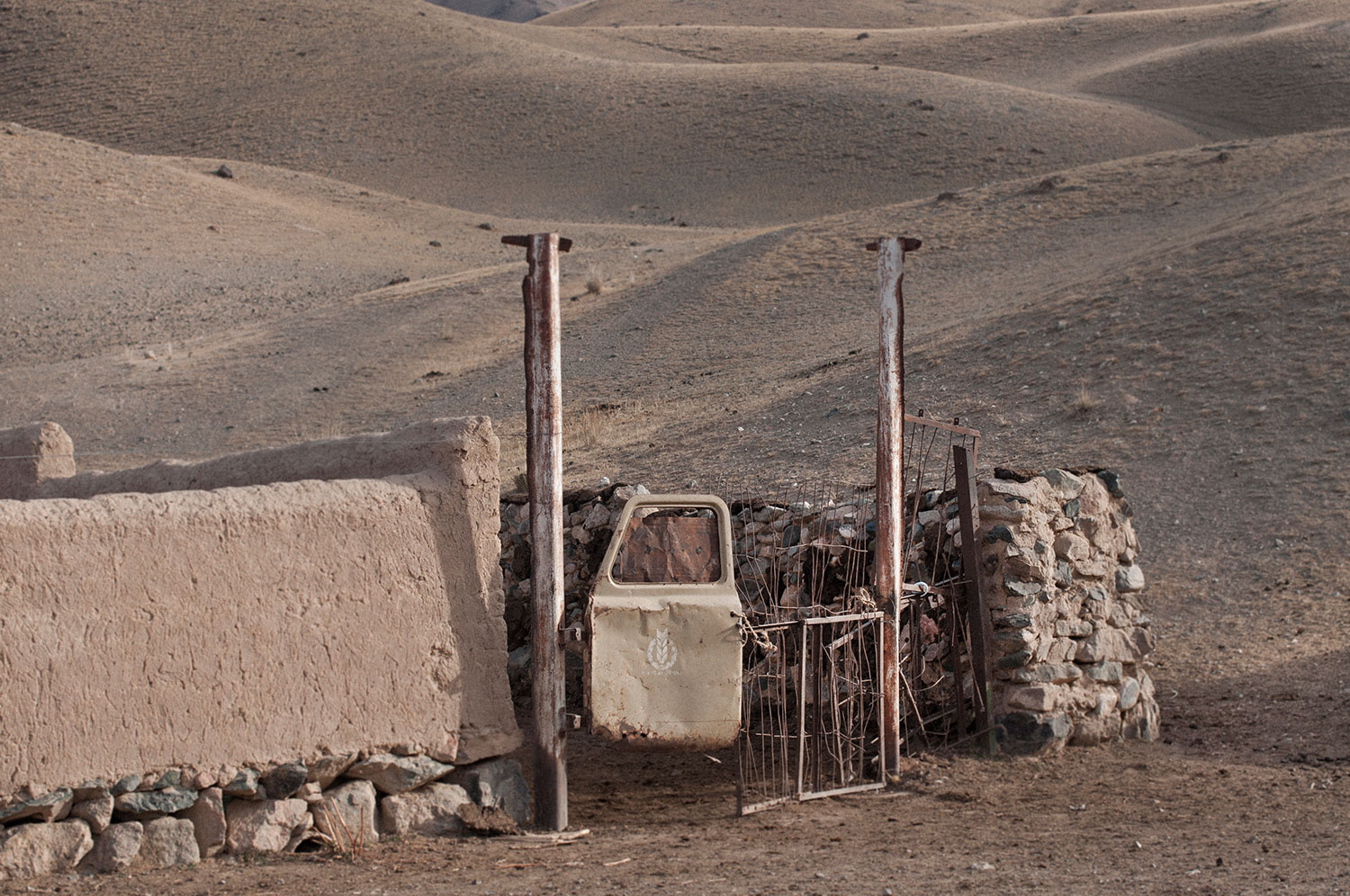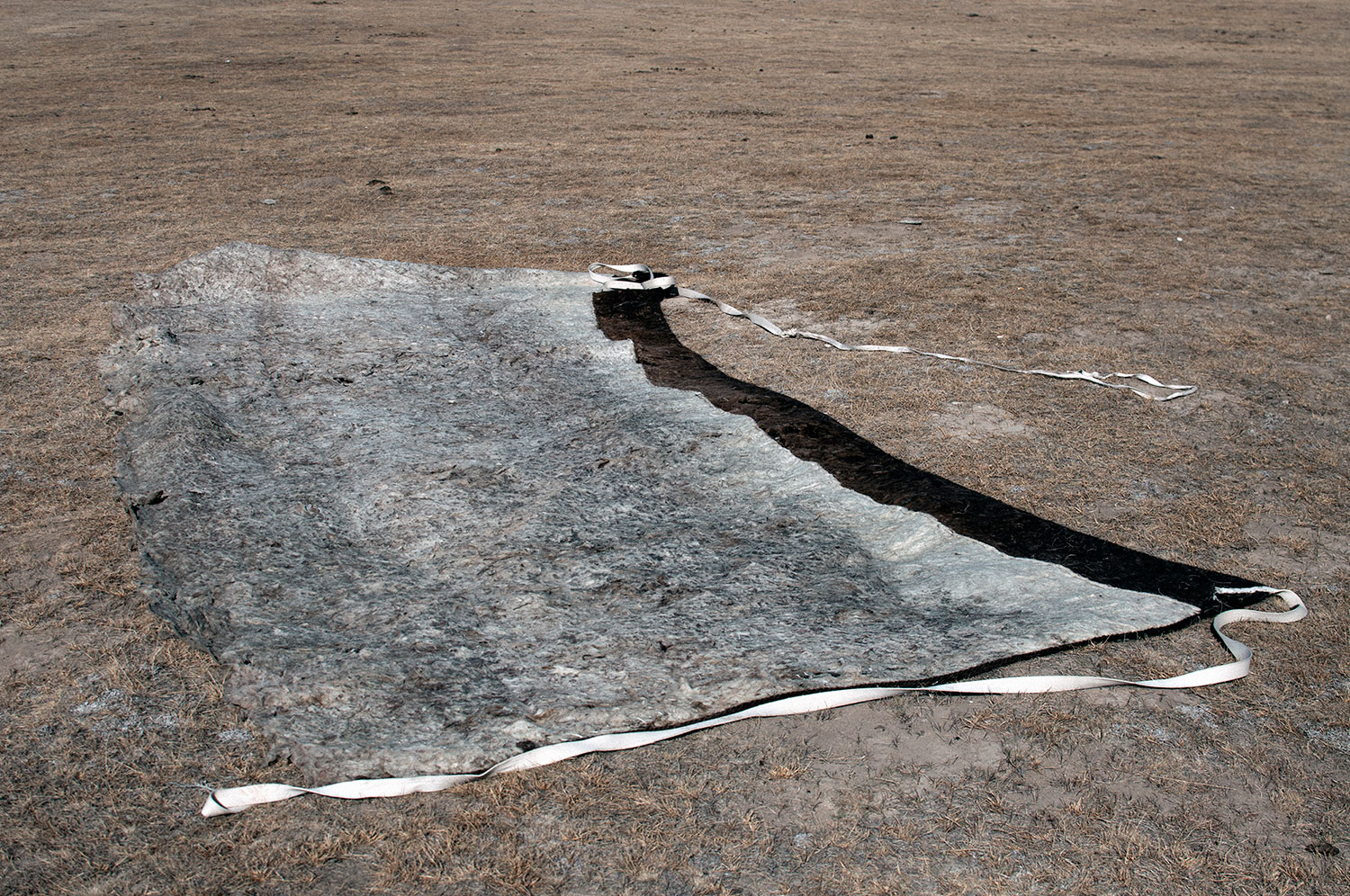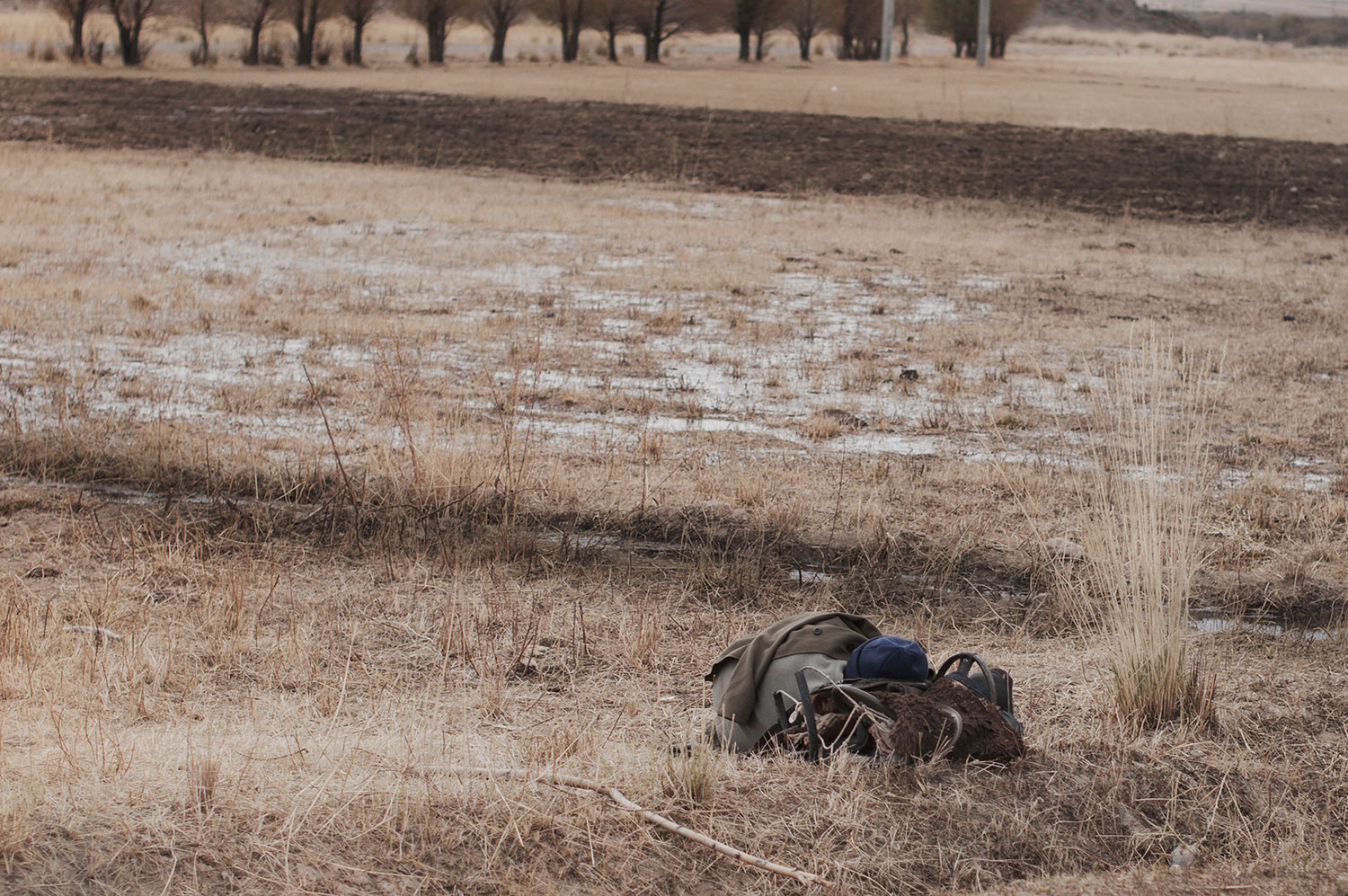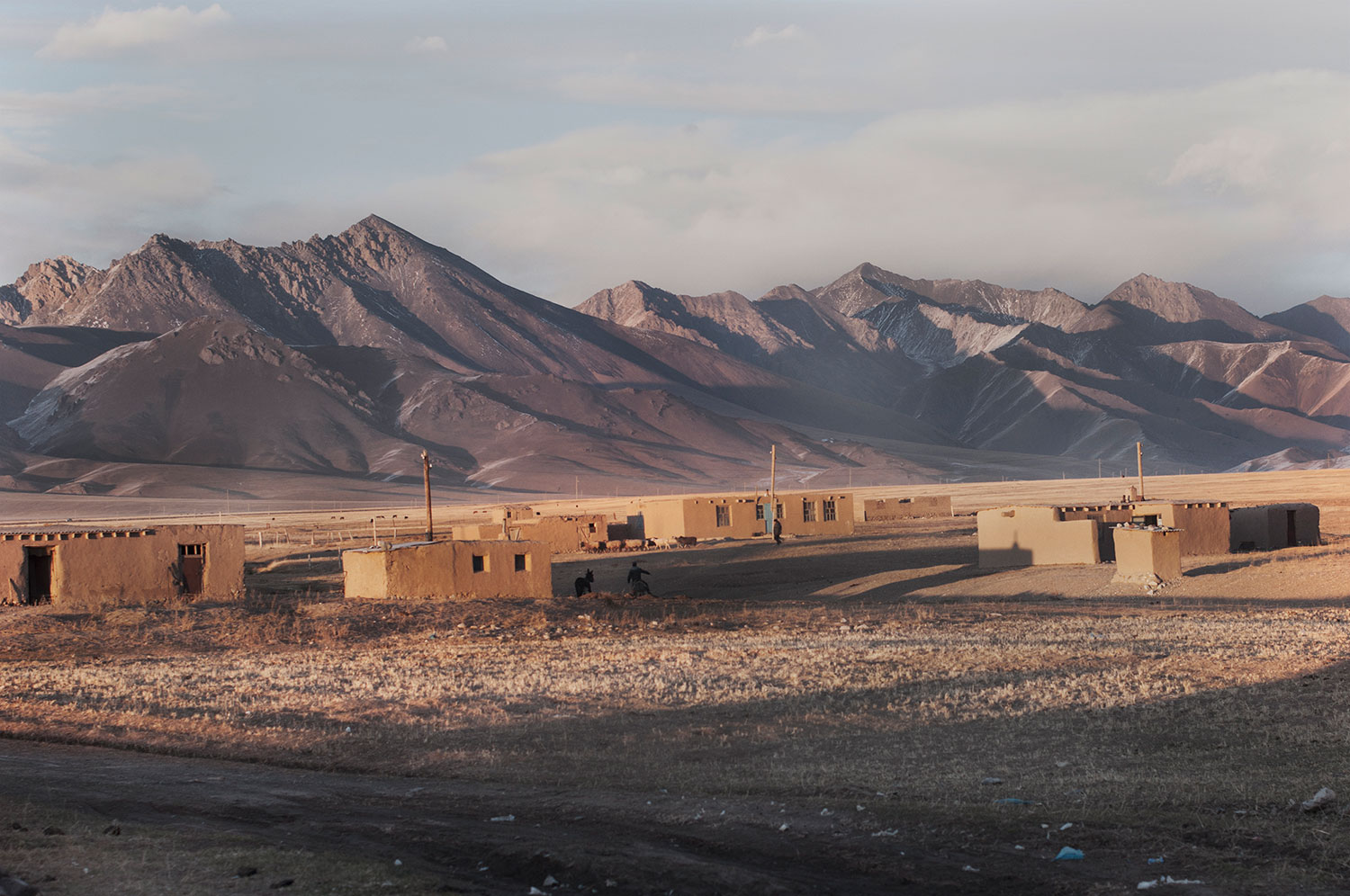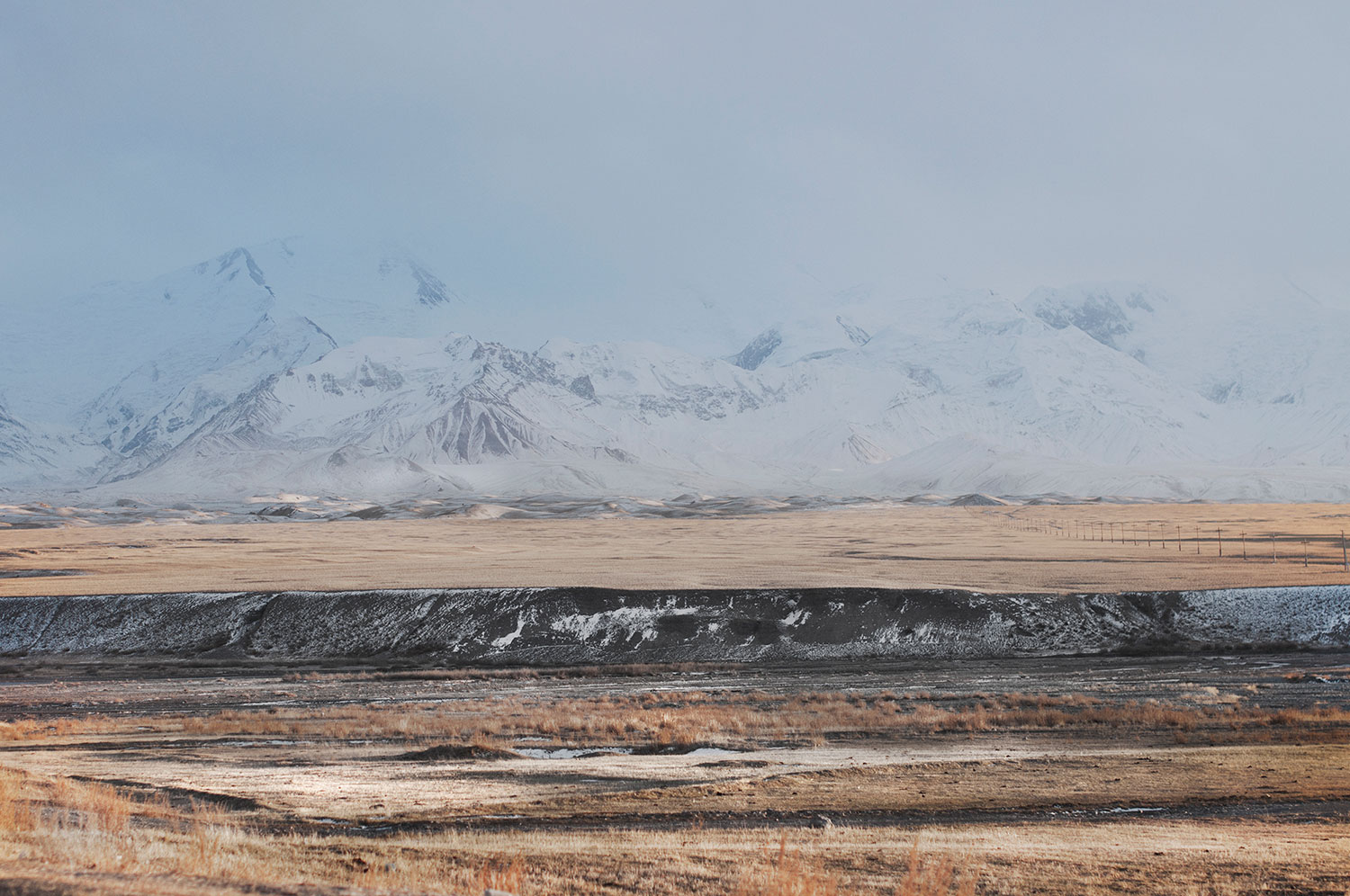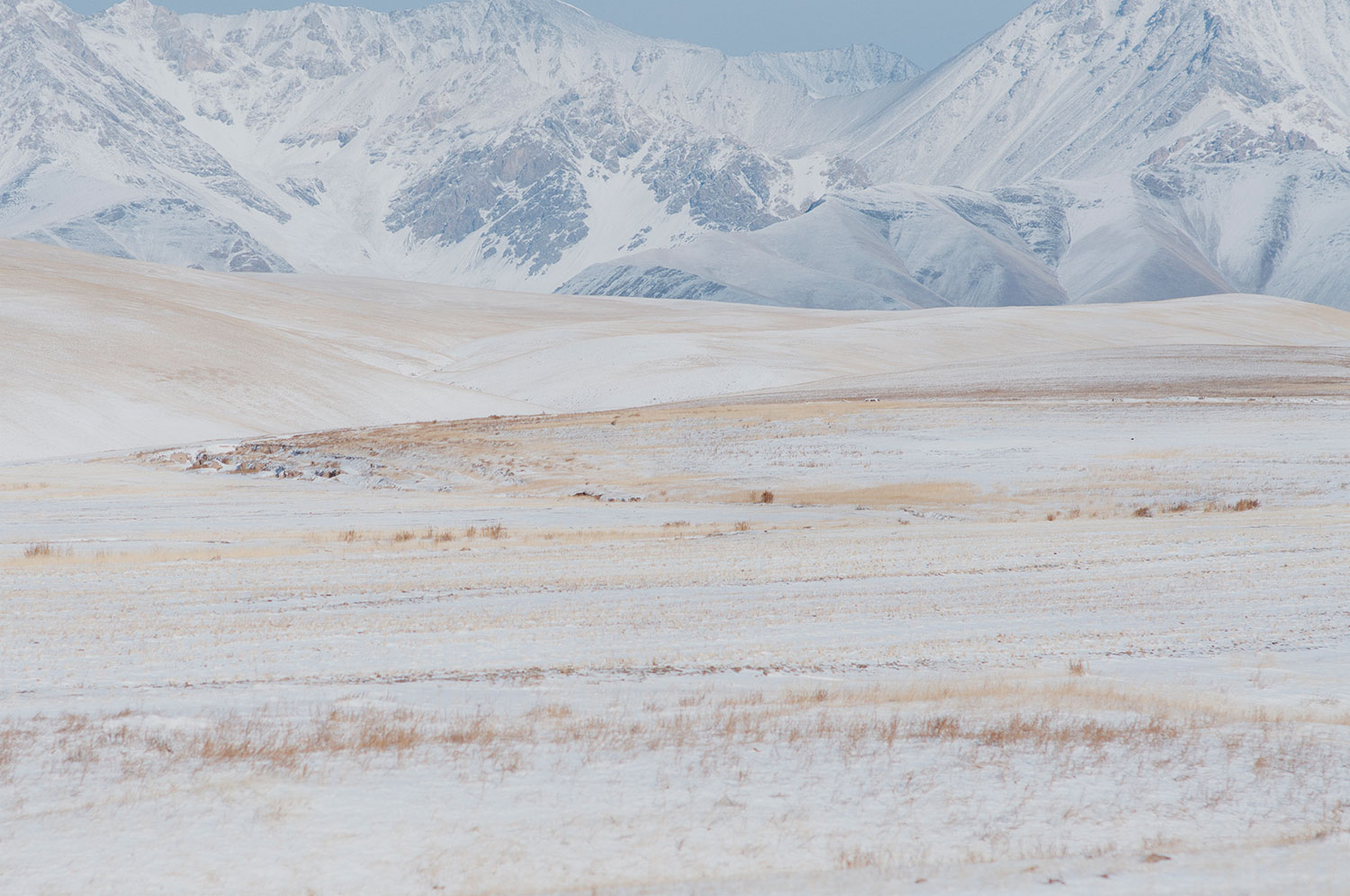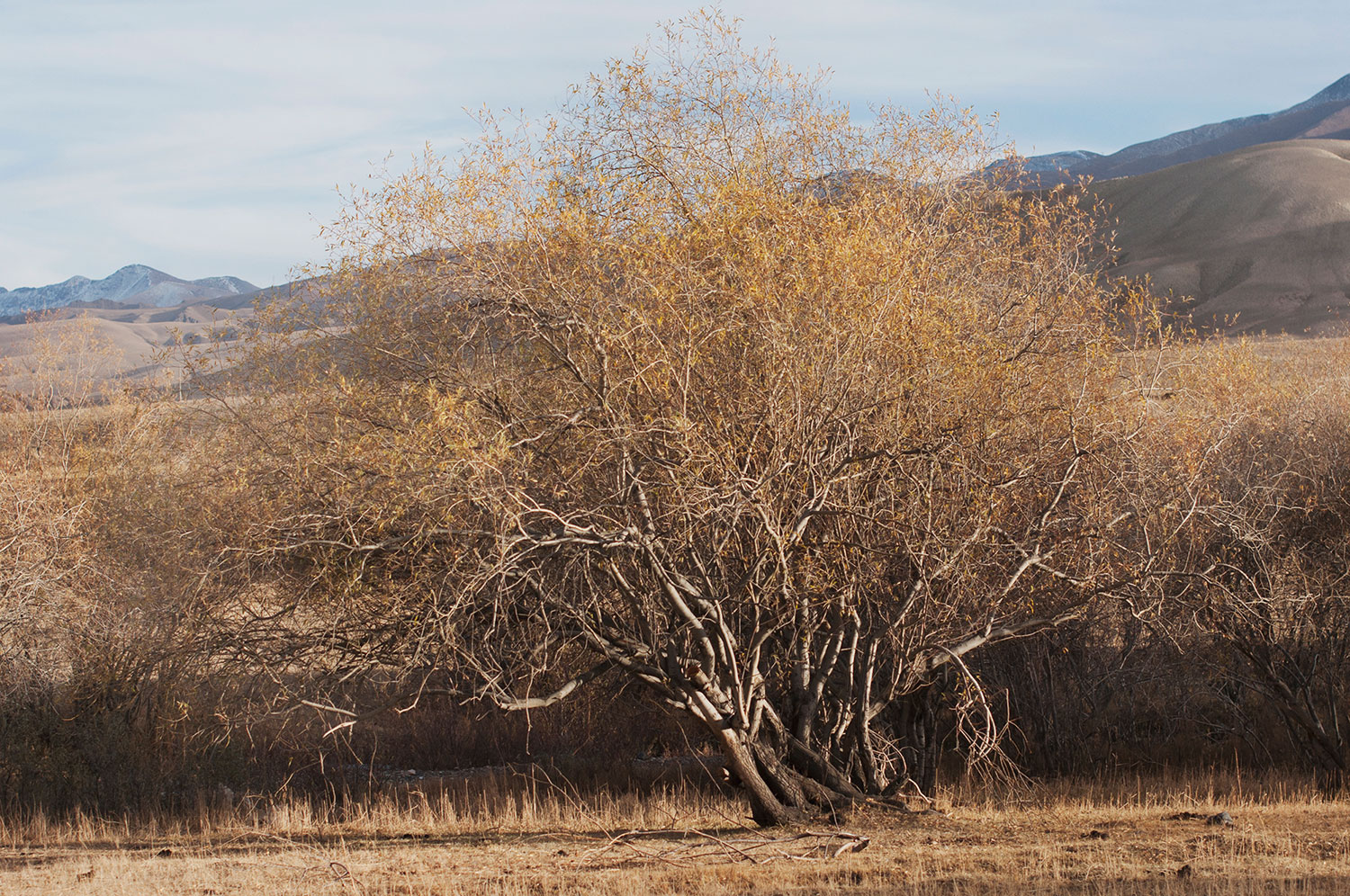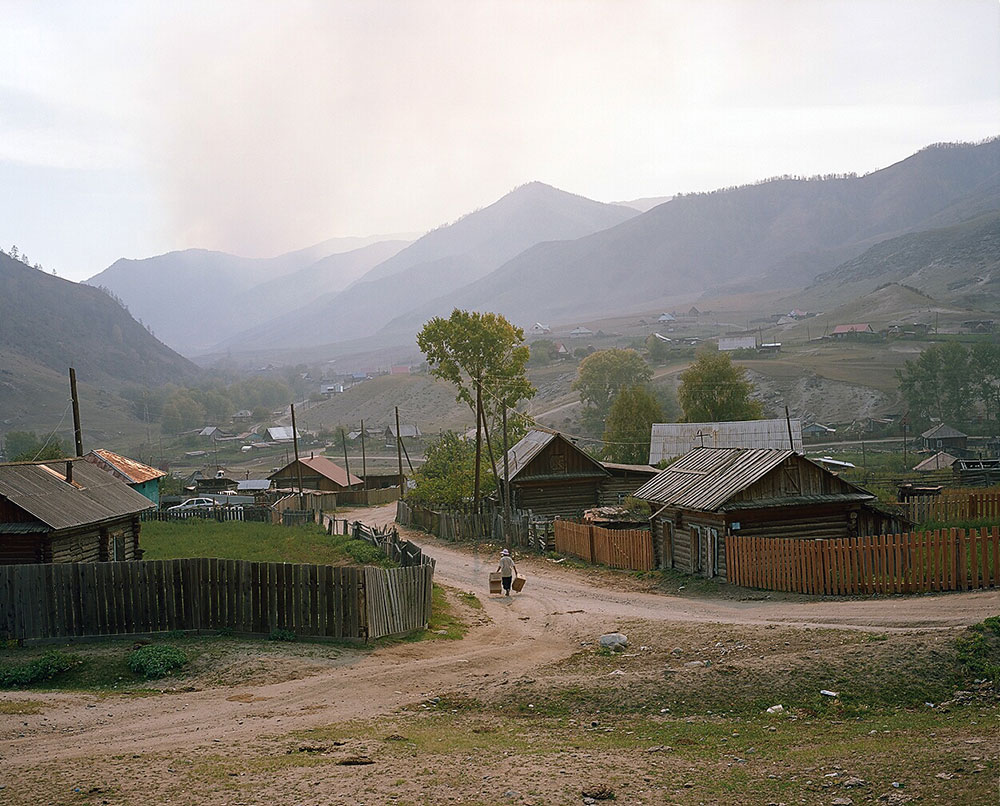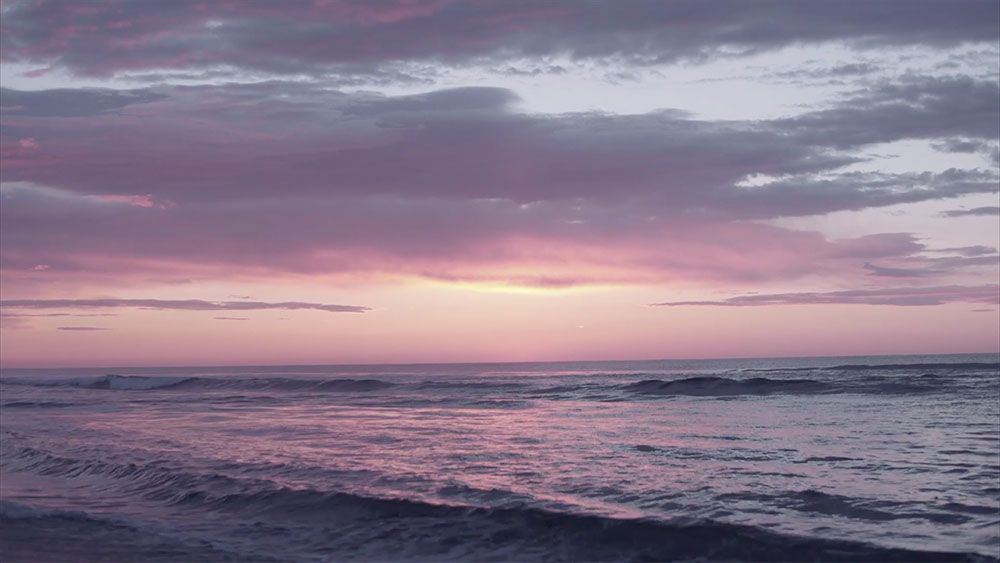High plains drifter: getting back to nature in Kyrgyzstan, a land where time flows slow
New East Travel DiariesA ragged Central Asian stretch of land running along the Silk Road, Kyrgyzstan has preserved many of its ancient traditions. This is partly due to sheer inaccessibility — the forbidding Tian Shan mountain range occupies 80 per cent of the country’s terrain.
When Polish photographer Magdalena Borowiec first travelled to Kyrgyzstan almost a decade ago she was powerfully struck by its isolation and the wild beauty of the country’s open spaces.
Borowiec’s photographs capture the ochre tones of the vast landscape, the ghostly silhouettes of the snowy mountains in the distance.
“My favourite thing about the landscape was spaciousness, amazing spaciousness,” says Borowiec. Mountains suddenly emerge, as frozen monuments, from a plain, and the sky looks as if it is hung lower than usual, always full of stars.”
Grand landscapes combined with a scarcity of resources has had a huge impact on the people of Kyrgyzstan, reflects Borowiec. Even as a visitor to the country, she says, it’s impossible to come away unchanged. “Humans become humble when confronted with nature on this scale. Time begins to flow slower, drawing greater attention to details. You can meet and discover yourself. It is a very spiritual, intimate experience. In Kyrgyzstan it is impossible to live against the rhythm of nature.”
